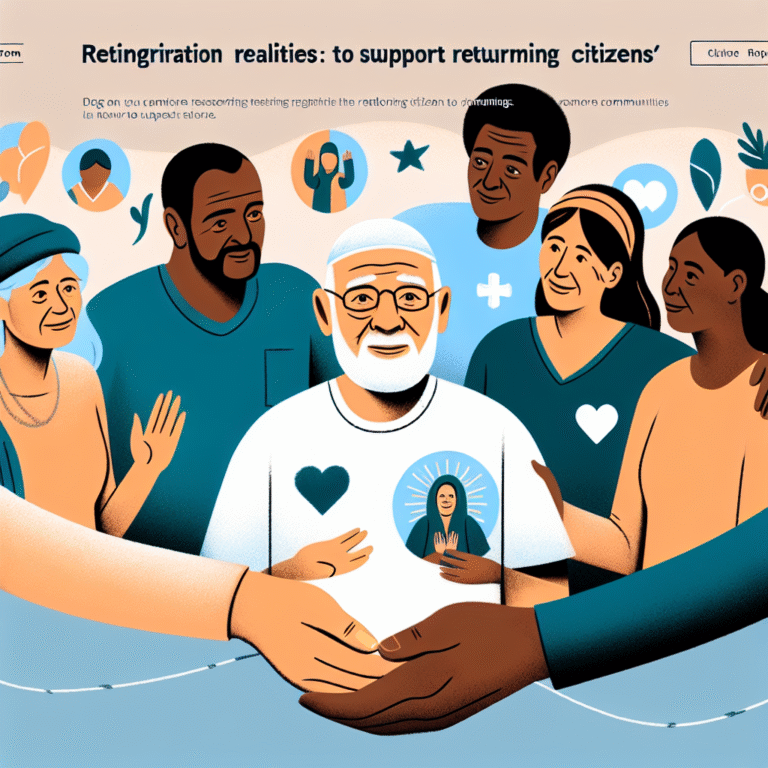
Introduction
Imagine a world where every individual receives tailored support that understands their unique challenges and strengths. This vision can be realized through Creating Personalized Interventions: The Impact of Functional Assessment Techniques. Functional assessments empower professionals in various fields—education, healthcare, and social services—to design interventions that are not just effective but also resonate personally with those they aim to help. This article delves deep into the significance of these techniques and demonstrates how they can transform lives.
Understanding Functional Assessment Techniques
What Are Functional Assessment Techniques?
Functional assessment techniques involve systematic evaluations that identify an individual’s specific needs based on their behaviors, environment, and various other factors. By observing how individuals interact with their surroundings, practitioners can formulate strategies that cater to their unique circumstances.
Why Are Functional Assessments Essential?
- Personalization: One-size-fits-all approaches are rarely effective. Functional assessments allow for tailored solutions that resonate with individual experiences.
- Data-Driven: These techniques rely on concrete data rather than assumptions, ensuring interventions are based on factual assessments.
- Versatility: They can be implemented across different sectors, from education to mental health, proving their adaptability and relevance.
The Process of Creating Personalized Interventions
Creating effective personalized interventions is a structured process involving:
1. Identification of Concerns
The first step in Creating Personalized Interventions: The Impact of Functional Assessment Techniques is to identify specific areas of concern. This might include academic struggles, behavioral issues, or social challenges.
2. Data Collection
After identifying concerns, the next phase involves gathering data through various methods:
- Direct Observation: Watching individuals in their natural environment provides insights into behaviors and triggers.
- Interviews: Speaking with the individual and others involved (parents, teachers, therapists) adds context to the data collected.
3. Analysis of Data
With data in hand, practitioners analyze patterns and insights. This analysis is vital in understanding not just what behaviors occur, but why they occur.
4. Implementation of Interventions
Finally, based on the insights gathered, personalized interventions are crafted and implemented. This might include tailored learning plans in educational settings or specific therapeutic approaches in healthcare.
Case Studies: Real-World Applications
Case Study 1: Tailored Educational Strategies
Background: A school district faces challenges with students with learning disabilities, leading to high dropout rates.
Implementation: Using functional assessment techniques, educators conducted comprehensive evaluations of students, considering not just academics but also social skills and environmental influences.
Outcome: By implementing personalized learning plans based on the assessments, the dropout rate decreased by 30%, showcasing the effectiveness of tailored interventions.
Analysis: This case underscores the power of Creating Personalized Interventions: The Impact of Functional Assessment Techniques in an educational context, demonstrating that individualized support fosters success.
Case Study 2: Behavioral Interventions in Healthcare
Background: A clinic noticed patients’ non-compliance with treatment regimens impacted recovery rates.
Implementation: By applying functional assessment techniques, healthcare providers identified barriers preventing compliance, such as misunderstanding treatment protocols and lack of emotional support.
Outcome: After implementing personalized interventions, like tailored education sessions, patient compliance improved by 40%.
Analysis: The significance of Creating Personalized Interventions: The Impact of Functional Assessment Techniques in healthcare is illustrated here; recognizing individual patient needs is paramount to enhancing outcomes.
Table: Summary of Case Studies
| Case Study | Sector | Challenge | Intervention Type | Outcome |
|---|---|---|---|---|
| Tailored Educational Strategies | Education | High dropout rates | Personalized learning plans | 30% reduction in dropouts |
| Behavioral Interventions in Healthcare | Healthcare | Treatment non-compliance | Tailored education sessions | 40% improvement in compliance |
Engaging Families: A Collaborative Approach
Involving Families in the Assessment Process
Family engagement is critical in Creating Personalized Interventions: The Impact of Functional Assessment Techniques. Families can provide invaluable insights that inform the assessment process. Their involvement not only enriches the understanding of the individual but also promotes a collaborative approach, fostering partnerships between families and professionals.
Workshops and Training Sessions
Training family members on how to recognize behaviors and triggers helps create a cohesive support system. Workshops can empower families to use functional assessments at home, ensuring a consistent application of strategies.
The Role of Technology in Functional Assessments
Digital Tools for Assessment
In today’s digital age, technology has transformed the way functional assessments can be conducted. Tools like mobile applications and online surveys allow for more efficient data collection, broadening the scope of understanding individual needs.
Telehealth Options
Telehealth services have become essential, especially during the pandemic. They provide remote support while using functional assessment techniques, allowing families and professionals to remain connected and focused on creating personalized interventions.
Testing and Iteration: Refining Interventions
Ongoing Evaluations
Creating Personalized Interventions: The Impact of Functional Assessment Techniques doesn’t stop at implementation. Ongoing evaluations ensure that the interventions remain relevant and effective, allowing for adjustments based on feedback and changing needs.
Feedback Loops
Creating a system of feedback where individuals share their experiences can lead to continuous improvement. Facilitating regular check-ins encourages openness and transparency, allowing for real-time modifications to interventions.
Conclusion
In the journey of creating meaningful change, Creating Personalized Interventions: The Impact of Functional Assessment Techniques serves as an invaluable guide. By focusing on individual needs and employing tailored approaches, we can ensure that the support provided is not only effective but also empowering. As we move forward, let us commit to leveraging these techniques to create a more personalized, impactful, and compassionate system of care and education for all individuals.
FAQs
1. What is a functional assessment?
A functional assessment is a systematic evaluation of an individual’s behavior, needs, and environmental influences to inform personalized interventions.
2. How can functional assessments improve intervention effectiveness?
By offering insights that are specific to the individual, functional assessments ensure that interventions are created based on real data, making them more relevant and effective.
3. Who can conduct functional assessments?
Professionals from various fields—including educators, healthcare providers, and psychologists—can conduct functional assessments.
4. How often should interventions be reviewed?
Interventions should be reviewed regularly, ideally every few months, or when significant changes occur in the individual’s circumstances.
5. What role do families play in functional assessments?
Families provide critical insights into the individual’s behaviors and needs, enhancing the assessment process and promoting a collaborative approach toward intervention creation.
This article underscores the importance of creating personalized interventions through functional assessment techniques, advocating for continuous engagement, evaluation, and adaptation for the best individual outcomes. By embracing these strategies, we can all contribute to a more understanding and supportive environment for those we serve.


















